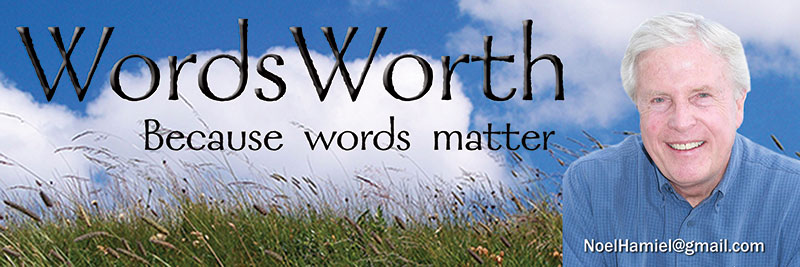Extreme: 1) Outermost or farthest. The greatest or highest; most. Far beyond what is considered normal. Drastic. 2) One of the most overused words in the English language. – Urban Dictionary
My breath turned into a plume of ice as I inched along the snowy sidewalk in the dark of the February morning.
Eyelashes sticking together like chewing gum on a bedpost, it was a minor miracle I found the car at curbside.
The door of the old ’60 Chevy protested as if in pain when I opened it and slid into the driver’s seat. I turned the ignition key and was greeted with the dreaded sound all South Dakotans have heard in winter: silence.
Dead. Dead as old Marley in “A Christmas Carol.”
Now what, I wondered, faced with an 8 a.m. class on the Northern State College campus, about a mile away.
This story has a happy ending, thanks to my roommate, Bob Steckelberg, who was nice enough to come out and jumpstart my car. That was Bob, always prepared and always helpful.
It was, to my recollection, the only time my car would not start in my years at college in Aberdeen, certainly one of the coldest spots in our state. Temperatures plummeted to 30 and 40 below during that stretch, and when I drove to class that morning it felt as though the tires were flat on one side, thumping along as they did.
This past February 17 was far different from that date in 1936 when residents of McIntosh awakened to learn their town had set a new record for low temperatures in South Dakota: minus 58 degrees.
It was not recorded how hard the wind was blowing that day.
The year 1936 also was the time when the hottest day was recorded in our state: 120 degrees in Gann Valley, a record tied in 2006 when the same temperature was reached in Usta, northwest of Fort Pierre.
Odd, some may think, that both the high and low temperature records were reached in the same year. But the new state climatologist says it’s really not so unusual.
Laura Edwards, in her position less than a month, said that the Northern Plains states are a land of extremes.
“As you recall,” she said, (How old does she think I am?) “1936 was in the heart of the Dust Bowl. When you have extended dry air, it can heat and cool faster than moist air. So it is not unusual to see extremes in drought times.”
My guess is that most South Dakotans likely preferred last week’s 50 degree temperatures to what occurred 81 years ago.
Feb. 22, 2017
